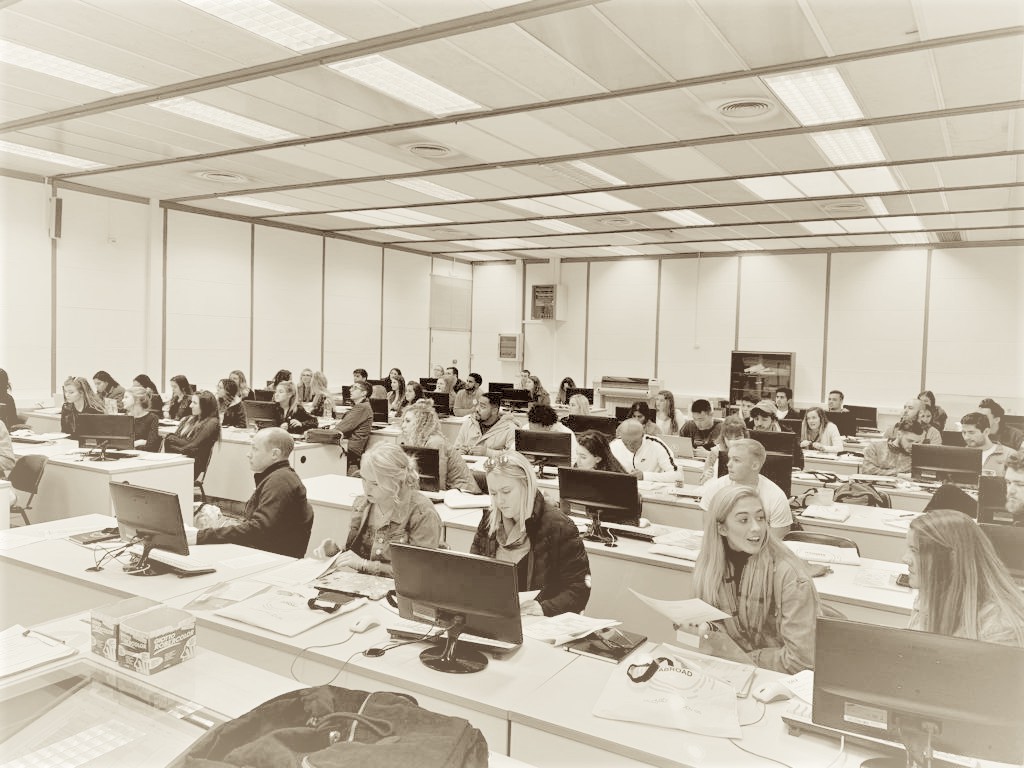
|
|

• Attendance
• Assessments
• Sexual Harassment Policy
• Students With Disabilities
• Academic Honesty Policy
• University Ombudsman
• Statement On Audio And Video Recording
• Syllabus Change Policy
General Chemistry II
3 Credits | 100 Level | 38 Contact hours
Chemistry: The Molecular Nature of Matter and Change by Silberberg, 7th (2015, ISBN
9781259550683), 8th (2018, ISBN 9781259741098) or 9th edition (2021, ISBN 9781260240214). We will cover chapters 12-13, 16-21. (Available at the University UPV libraries)
Other source that can be used to prepare the subject (available at the University UPV libraries):
General Chemistry: Principles and Modern Applications by Petrucci, Herring, Madura, Bissonnette, 10th
edition (2011, ISBN 9780132064521) or 11th edition (2017, ISBN 9780132931281)
Course materials: downloadable from UPV poliformaT platform after enrollment
A non-programmable scientific calculator is required.
The use of FFP2 face mask is mandatory at all UPV premises.
This course is designed for second-semester general chemistry students whose academic plans require advanced study in chemistry. Fundamentals of chemistry, including properties of solutions, chemical kinetics, chemical equilibrium, acid-base equilibria, chemical thermodynamics and electrochemistry,will be covered.
General Chemistry Laboratory II is the laboratory course that covers the concepts of chemistry seen in this course. For this reason, concurrent enrollment in General Chemistry Laboratory II is recommended.
The following topics will be covered. The number of the chapter from the recommended textbook (Silberberg) is indicated between parentheses:
• Chapter 1. Intermolecular forces: liquids, solids, and phase changes (12)
• Chapter 2. The properties of mixtures: solutions and colloids (13)
• Chapter 3. Kinetics: rates and mechanisms of chemical reactions (16)
• Chapter 4. Equilibrium: the extent of chemical reactions (17)
• Chapter 5. Acid-base equilibria (18)
• Chapter 6. Ionic equilibria in aqueous systems (19)
• Chapter 7. Thermodynamics: entropy, free energy, and the direction of chemical reactions (20)
• Chapter 8. Electrochemistry: chemical change and electrical work (21)
The following are Student Learning Outcomes (SLOs), which every student may achieve by the completion of the course:
• To identify and utilize chemistry as an integrated and logical science.
• To appraise and assess how chemistry applies to everyday phenomena.
• To determine the importance of chemistry in modern society.
• To integrate the connection between macroscopic observations, molecular views, and symbolic representations in chemistry with the student's view of nature.
• To recognize the relationship between the structure of a molecule and its chemical and physical properties.
• To master the ability to manipulate basic mathematical and critical thinking skills to analyze chemical problems and devise a logical approach to solve the problem.
• To analyze and interpret graphs as they apply to chemical problems.
• To justify an understanding of chemistry and develop effective chemistry communication skills.
The final grade of the course will be calculated with the following distribution:
Homework 25 %
Class performance 15 %
Exam 1 (12 &13) 10 %
Exam 2 (16 &17) 10 %
Exam 3 (18 & 19) 10 %
Final exam (12, 13, 16-21) 30 %
|
